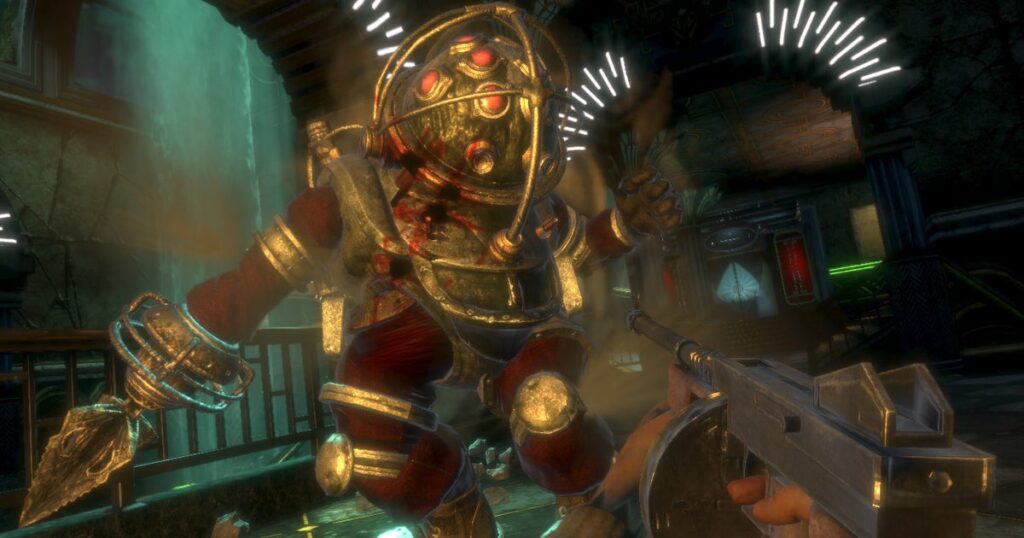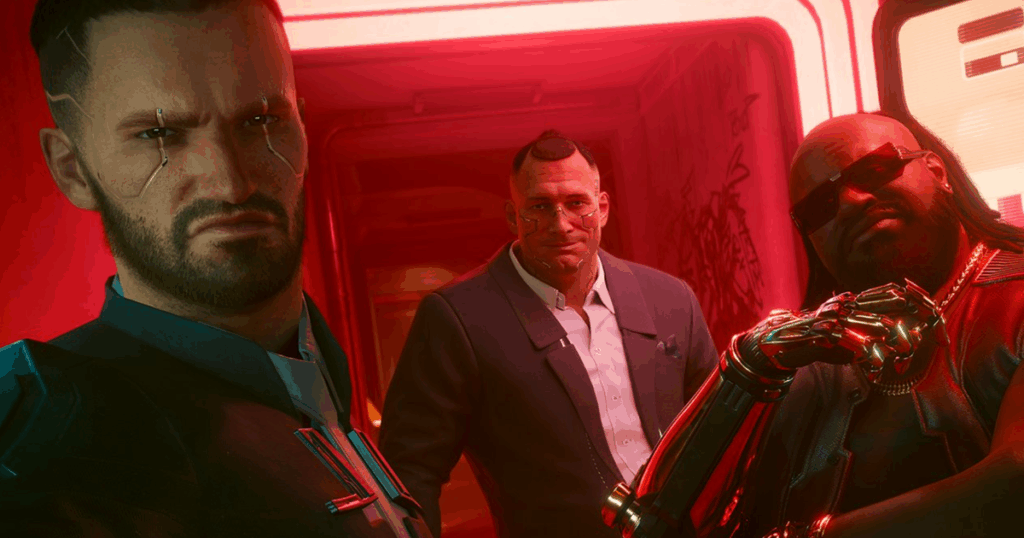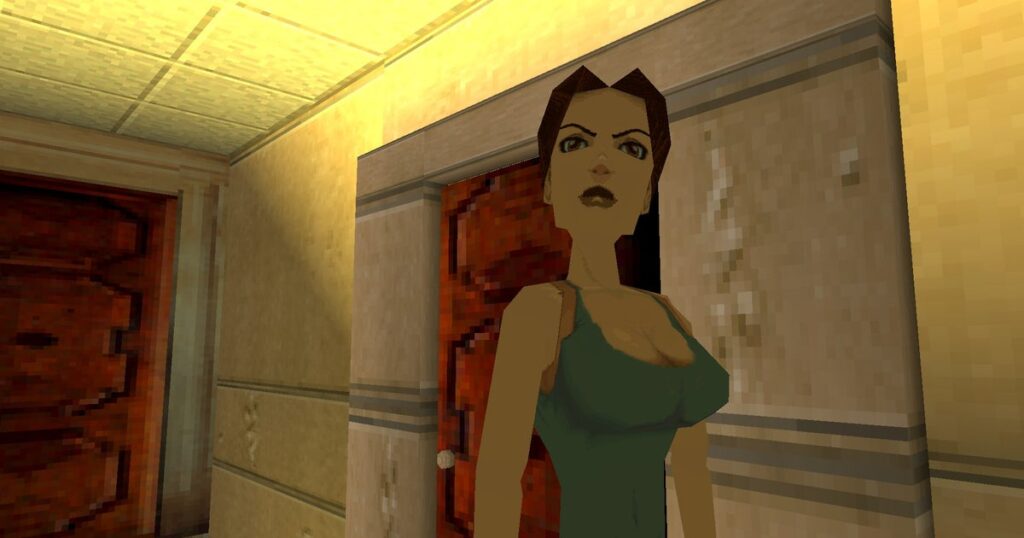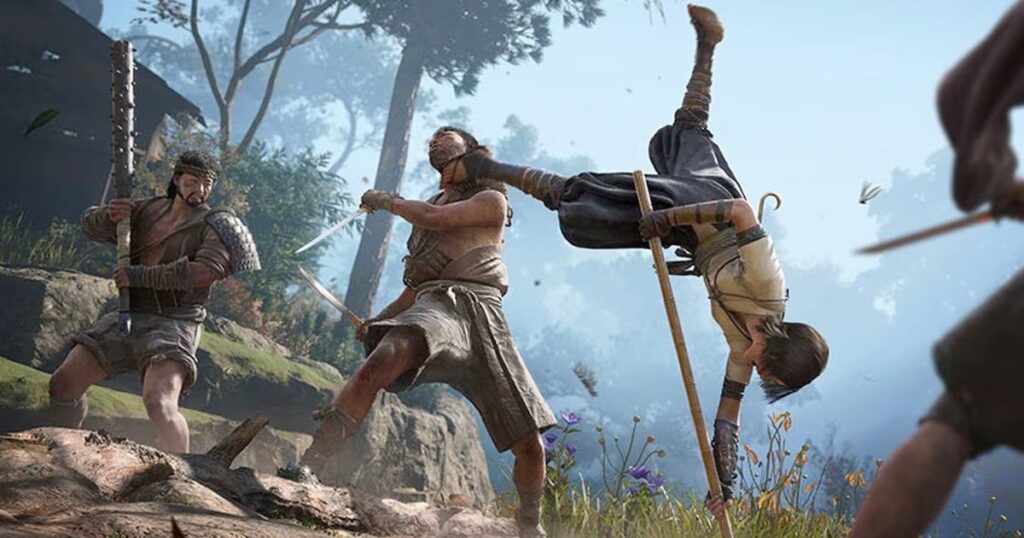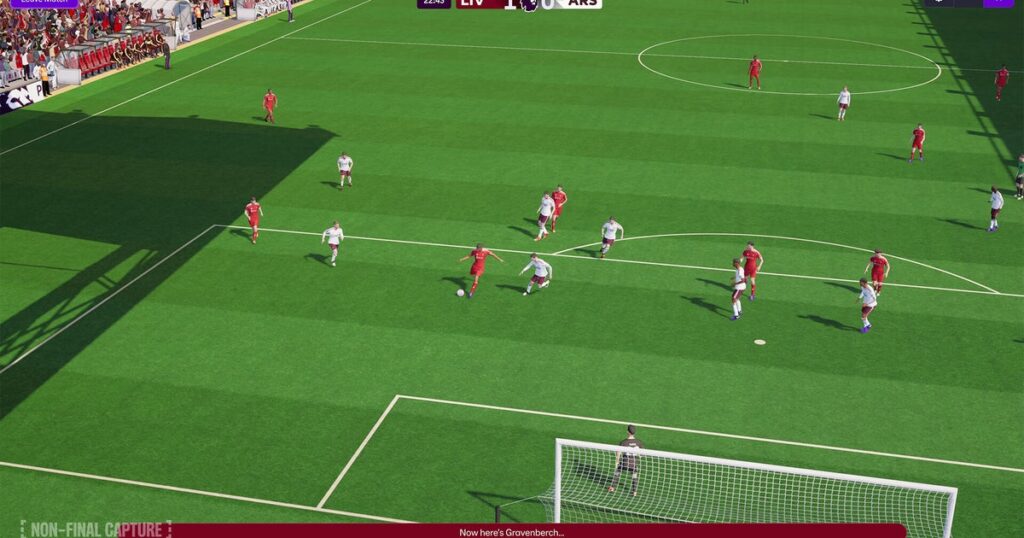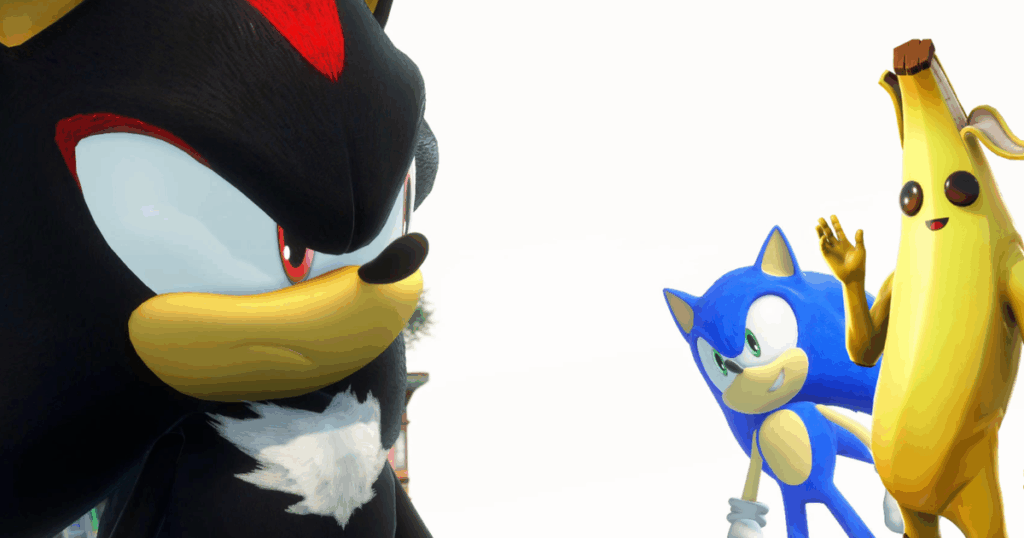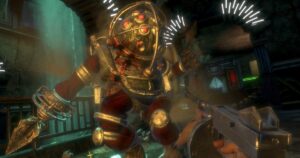Nintendo has been granted a new patent in the US, following its ongoing patent infringement lawsuit with Palworld developer Pocketpair.
The new patent, granted last week by the US Patent and Trademark Office, covers the gameplay mechanic of summoning a sub-character to let it fight another. The patent application was filed in March 2023 and has been granted without objection (thanks Games Fray).
Such a patent would not only implicate Palworld with its monster summoning and battling, but many similar games from long-standing rival Digimon, to the forthcoming Honkai: Nexus Anima and DokeV, as well as indies like Temtem and Cassette Beasts.
There are a number of steps in the patent pertaining to the gameplay mechanic, as follows:
- A non-transitory computer-readable storage medium having stored therein a game program, the game program causing a processor of an information processing apparatus to execute:
- performing control of moving a player character on a field in a virtual space, based on a movement operation input;
- performing control of causing a sub character to appear on the field, based on a first operation input, and
- when an enemy character is placed at a location where the sub character is caused to appear, controlling a battle between the sub character and the enemy character by a first mode in which the battle proceeds based on an operation input, and
- when the enemy character is not placed at the location where the sub character is caused to appear, starting automatic control of automatically moving the sub character that has appeared; and
- performing control of moving the sub character in a predetermined direction on the field, based on a second operation input, and, when the enemy character is placed at a location of a designation, controlling a battle between the sub character and the enemy character by a second mode in which the battle automatically proceeds.
All of these steps must be followed for Nintendo to have a case, but in theory it could launch an infringement lawsuit against a number of games with this patent now in place.
But is this patent enforceable through further lawsuits from Nintendo?
Don McGowan, former chief legal officer at The Pokémon Company, believes the patent will likely be ignored. “I wish Nintendo and Pokémon good luck when the first other developer just entirely ignores this patent and, if those companies sue that developer, the developer shows decades of prior art,” he told Eurogamer, adding: “This isn’t Bandai Namco with the loading screen patent”.
“The filing for such patent protection indicates that Nintendo does intend to pursue a legal strategy in defending itself against entrants in the pocket monster genre,” games industry lawyer Richard Hoeg told Eurogamer. “But that strategy may or may not involve lawsuits, as the ‘muddying of the waters’ effected by the patents existence may be enough to deter investment in and creation of competitors. That is, if Nintendo looks like it could pounce, that may be enough. No actual pouncing required.”
What’s more, the patent is broad and Nintendo won’t want to jeopardise seeing it narrowed in the context of a legal challenge, Hoeg explained.
“So yes, it’s enforceable in so far as it has been granted,” said Hoeg, “but Nintendo likely knows it ‘got away with one’ here and would prefer not to make a court actually sign off.”
What’s more worrying for Hoeg is whether the USPTO is “up to the task” when it comes to games patents. “Law and technology are often strange bedfellows, and in my opinion the patent office has appeared out of its depth on evaluating video games for quite some time,” said Hoeg. “It may be time for reform there.”
At the least, the patent is certainly worrying for the games industry in the face of creativity and developer freedom.
Already Pocketpair has altered gameplay in Palworld as part of its ongoing lawsuit with Nintendo, despite disputing the claims of copyright infringement.
The patent is also well-timed ahead of Nintendo’s forthcoming Pokémon Legends: Z-A, due out on 16th October.

